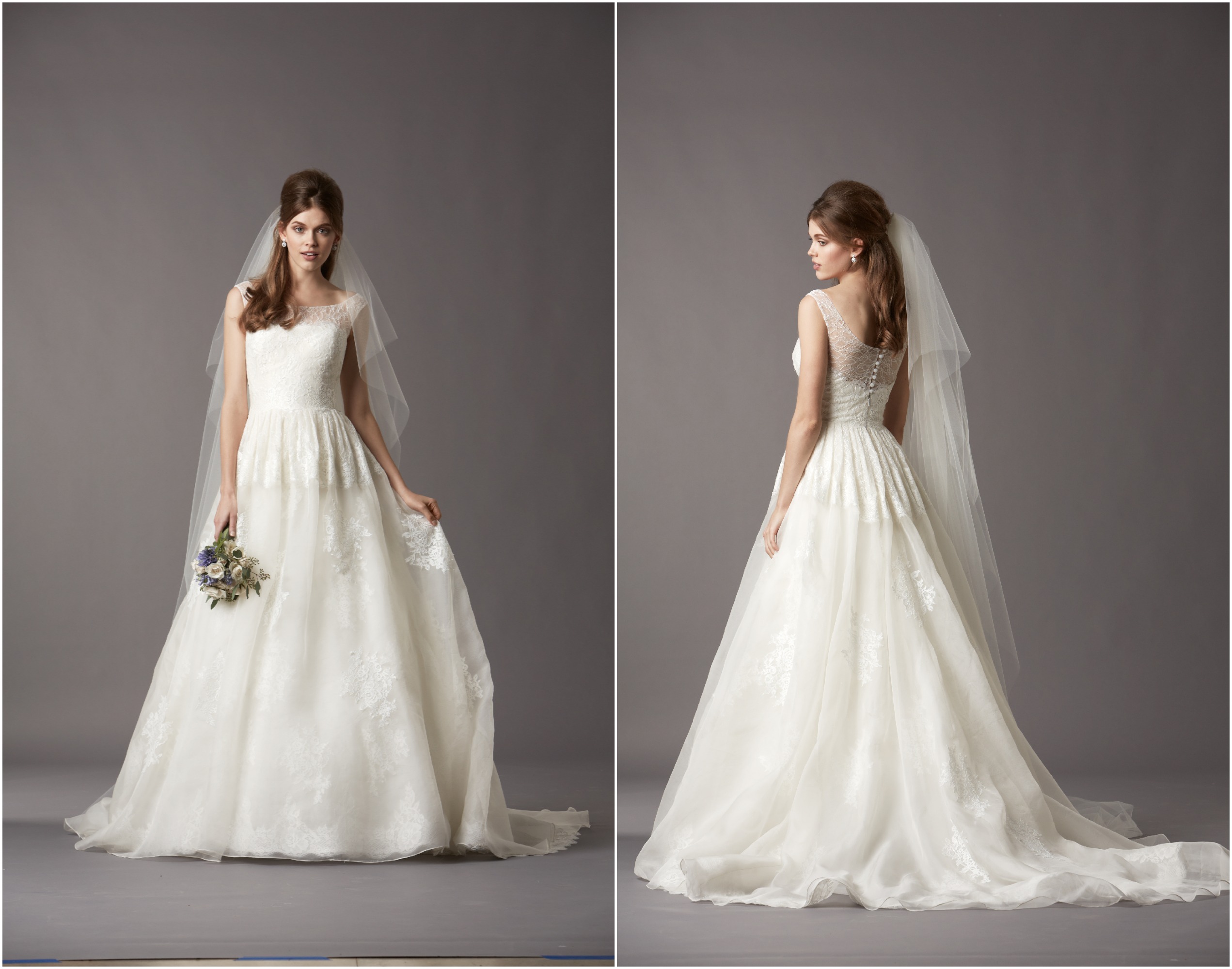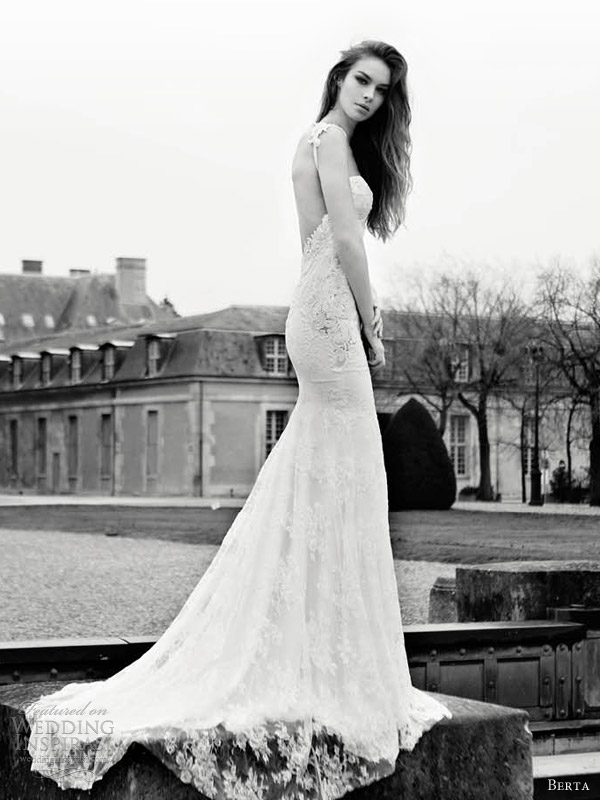Wedding Dress Couture Dresses Suits Mehndi Designs Pic Jewellery Mehndi Lehengas 2013
Source:google.com.pk
Wedding
A Wedding is when the bride's reception formally takes place. The event takes place at the bride's house where large wedding tents may be set up in the garden or a nearby place. It has also become very common to hold the event in a marriage hall or hotel. The bride's family is responsible for the reception and arrangements of the day.
The baraat or grooms procession indicates the arrival of the groom's family and friends to the bride's house. The barat is often accompanied by the rhythms of a dhol (drum) as it arrives and is greeted with flowers and rose petals by the bride's family. It is customary for the bride's sisters and friends to stop the barat from entering the arena until a sufficient amount of cash is given to them. This can lead to bantering, but usually harmless and just for fun, between the bride's sisters and friends on one side and the groom's brothers and friends on the other side.
The bride traditionally wears a red,pink or purple gharara, lehenga or shalwar kameez which is heavily embroidered. However, other bright colors may also be worn. The dress is always accompanied with heavy gold jewellery. The groom may wear a traditional dress such assherwani with a sehra or turban though some may prefer to wear a western inspired suit.
The nikah is the Islamic marriage contract ceremony. It either takes place at the Shaadi itself or on a separate day at the bride's house, before the shaadi event.
It is performed by an imam which formally indicates signing of the marriage contract. The bride and groom must both have two witnesses present to ensure that the marriage is consensual.
A dinner is served which consists of several dishes with meat featuring heavily in the meal. Some of the well represented dishes in a wedding meal include pullao, biryani, chaanp, chargha, various forms of roasted fowl and lamb, various forms of kebabs, naan, Shirmal,Taftan, Falooda, Kulfi etc. .
Showing of the face
In Aarsi Mushaf Dikhana , transliterated as Munh Dikhai aka Urdu:مُنٚہ دِکھائی) is the ceremony of the “showing of the face” after the Nikah. A green, embroidered shawl is generally held over the couple's head and they are made to see each other in the mirror and the bride unveils her face that she keeps hidden during the Nikah. This custom is also called as Mun Dikhai at times, though Munh Dikahi generally refers to the unveiling of the bride's face after she enters her husband's house. The bride and groom share a piece of sweet fruit, and family and friends congratulate the couple and offer gifts. Dinner is then served to the guests. The sisters, friends, and female cousins of the bride take this opportunity to steal the groom's shoes and demand a sum of money for their return. This is a very popular custom and the groom usually carries a lot of cash, due to the popularity of this custom. He pays the money to get back his shoes and the girls divide the money among themselves.
Rukhsati
The Rukhsati takes place, when the groom and his family will leave together with the bride. The Qur'an is normally held over the bride's head as she walks from the stage to the exit (or if the ceremony is being held at home, to the main entrance of the house) in order to bless and protect her. This is a sombre occasion for the bride's parents as it marks the departure of their daughter from their home. The departure of the bride becomes a very emotional scene as she says farewell to the home of her parents and siblings to start a new married life.
Traditionally, the groom travels by a decorated horse to the bride's house and after the wedding ceremony takes his wife in a doli (palanquin) to his parents' house to live. The horse and the carts have now been replaced by cars, and in sharp contrast to western weddings, it is typical to see a quiet bride with wet eyes as she sits in the car beside her husband leaving for her new home.
Shab-i-Zifaf
Shab-i-Zifaf شبِ زِفاف also called Suhaag raat سُہاگ رات (golden night/maiden night of married life) refers to the couples' first night together and it occurs after the bride has left for the groom's house.
On the day of the wedding, the couples' bedroom is decorated with flowers. It is customary for roses or rose petals to be laid across the couples' bed and sometimes for garlands or strings of roses to be used as bed curtains. The groom's female relatives lead the bride to the bedroom and she is left for some time to await the groom's arrival. At this point it is common for the groom to stay with his relatives for a while. The groom may be offered a glass of milk during this time. After the relatives have left, the groom enters the bedroom where the bride is waiting. Traditionally the bride's dupatta (veil or head covering) is draped over so that it covers her face. This is known as 'Ghoongat' . It is customary for the husband to brush the bride's ghoongat aside to reveal her face as one of the first things on that night. It is also customary in some families for the husband to present his newly-wed wife with a small token of affection. This is generally a piece of jewellery such as a ring or a family heirloom of similar extent.
'Munh Dikhai', literally translates into 'revealing of the face'.
Walima
Walima (Urdu: ولِيمہ) is the final day of the wedding held by the couple as they host their first dinner as husband and wife. This is traditionally organised by the bridegroom and/or his family thus, without his parents, this ritual normally cannot be performed. So to make Walima valid, the parents' blessing and presence is the most important factor[4] The groom's family, specifically his parents, invite all of the bride's family and their guests to their home for a feast. More commonly nowadays, this is held in a marriage hall or hotel instead. The Walima is typically the most festive event of the wedding ceremony and intends to publicize the marriage.
The bride wears a heavily decorated dress with gold jewellery provided by the groom's family. The groom normally opts for a formal Western suit or tuxedo. It is at this ceremony that they are formally and publicly show cased as a married couple.
The bride wears a heavily decorated dress with gold jewellery provided by the groom's family. The groom normally opts for a formal Western suit or tuxedo. It is at this ceremony that they are formally and publicly show cased as a married couple.
Wedding gift
It is customary for the Pakistani bride and groom to receive wedding presents in the form of cash. Traditionally, an envelope with cash is given to the bride or groom when wedding guests come to visit them during the wedding reception. It is also customary for the friends and family of the couple to invite them over for dinner and lunch after the wedding to formally accept them as a couple. This can often result in the first few weeks of married life for the newly weds being spent engaging in dinner parties and small receptions.
Honeymoon
It is very common for the couples to go for a honeymoon following the shaadi (wedding) and walima ceremonies. Murree and Nathia Gali are some of Pakistan's most popular destinations, although more well-off couples may go overseas for their honeymoon. The honeymoon is generally 2–7 days long and gives a chance for the couple to spend some time in privacy, especially in joint families where the bride lives with the husband's family.










No comments:
Post a Comment